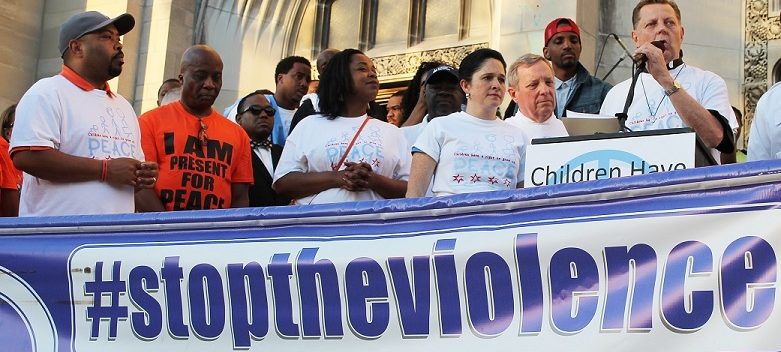In many cities in the US, poor Black and Brown people must deal with issues of prevalent violence and the trauma that results from that violence. In response, many community members start their own organizations with the goal of alleviating these problems. This website highlights the efforts of some of those organizations in Baltimore, Chicago, and Oakland.
But first, let’s define trauma.
What does it mean?
In an article published in Social Science Computer Review, trauma is defined as, “considerable and persistent cognitive, emotional, and behavioral challenges in response to a traumatic event.” Traumatic events include “child abuse and neglect, sexual abuse and/or witnessed domestic violence, community violence, medical trauma, traumatic loss, and natural disasters.”1
In Chicago, Baltimore, and Oakland, as in many other communities in the country, children and others are exposed to various types of traumatic events, from abuse and neglect to violence in their communities. The challenges they face as a result of being exposed to traumatic events is considered trauma.
Where does the problem exist?
Almost anyone in any city or town may be exposed to traumatic events, such as car accidents. But in cities such as Baltimore, Chicago, and Oakland, hundreds of people are exposed to or become victims of violent acts. These acts may include beatings, shootings, or domestic violence. While these problems exist outside of inner city communities, this website will explore these problems in relation to poor Black and Brown communities in cities.
How do trauma and violence disrupt learning?
For children, constantly being exposed to violent acts and trauma can lead to difficulties focusing in school, difficulties understanding emotions, and struggles to find positive outlets for their emotions.
But trauma and violence can affect adults in many of the same ways it affects children. Just as young children may struggle with staying focused and handling their emotions, adults may face the same challenges. Adults, like children, may also have problems making decisions and connecting to the people around them.
Children and adults who’ve been exposed to violence and trauma for long amounts of time may be more likely to perpetuate cycles of violence as they grapple with the aforementioned challenges.
How can the issues of violence and trauma be alleviated?
Many grassroots organizers in cities have proven that teaching community members how to cope with trauma and break the cycle of violence can help ease these same problems. From creating mentoring programs to providing spaces for youth to engage in positive activities, various organizations in Baltimore, Chicago, Oakland, and other cities are working to prevent more violence and trauma from infecting their communities.
